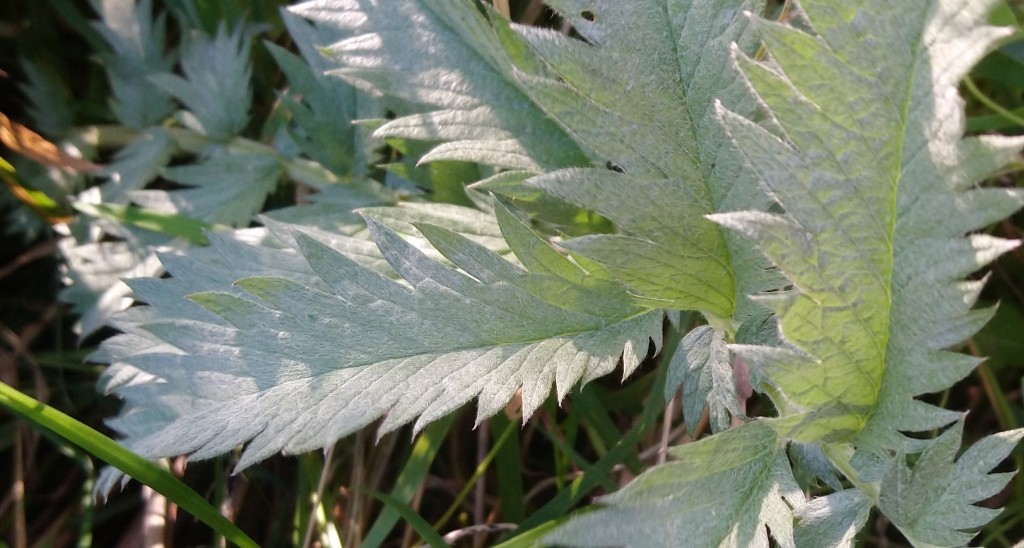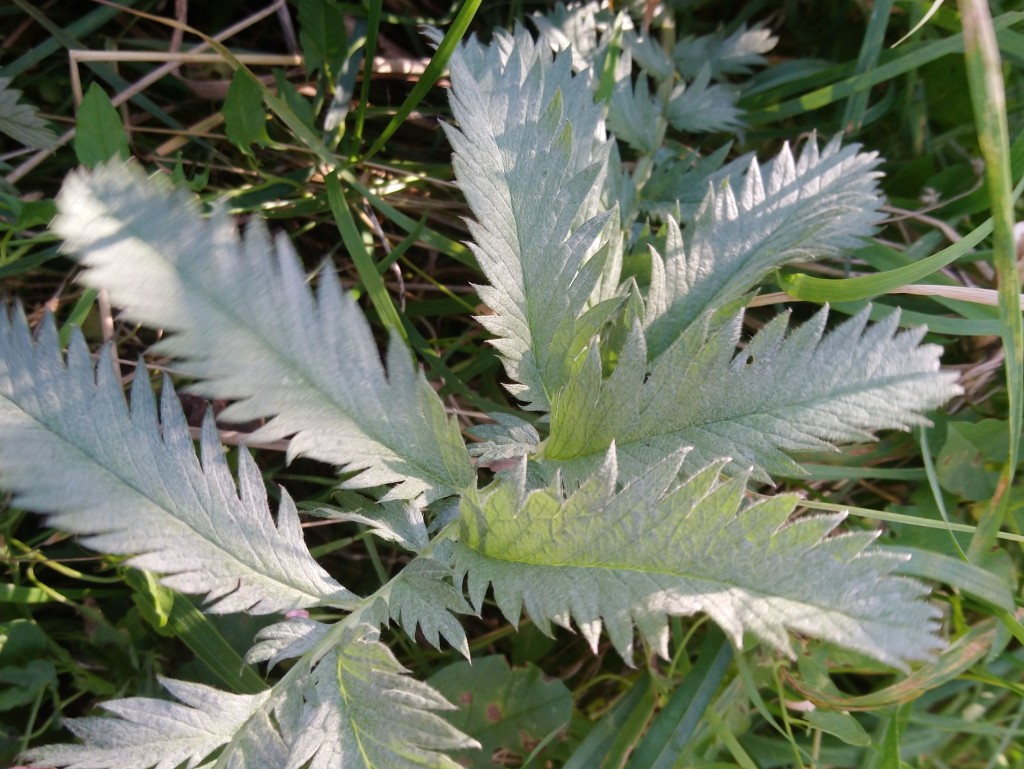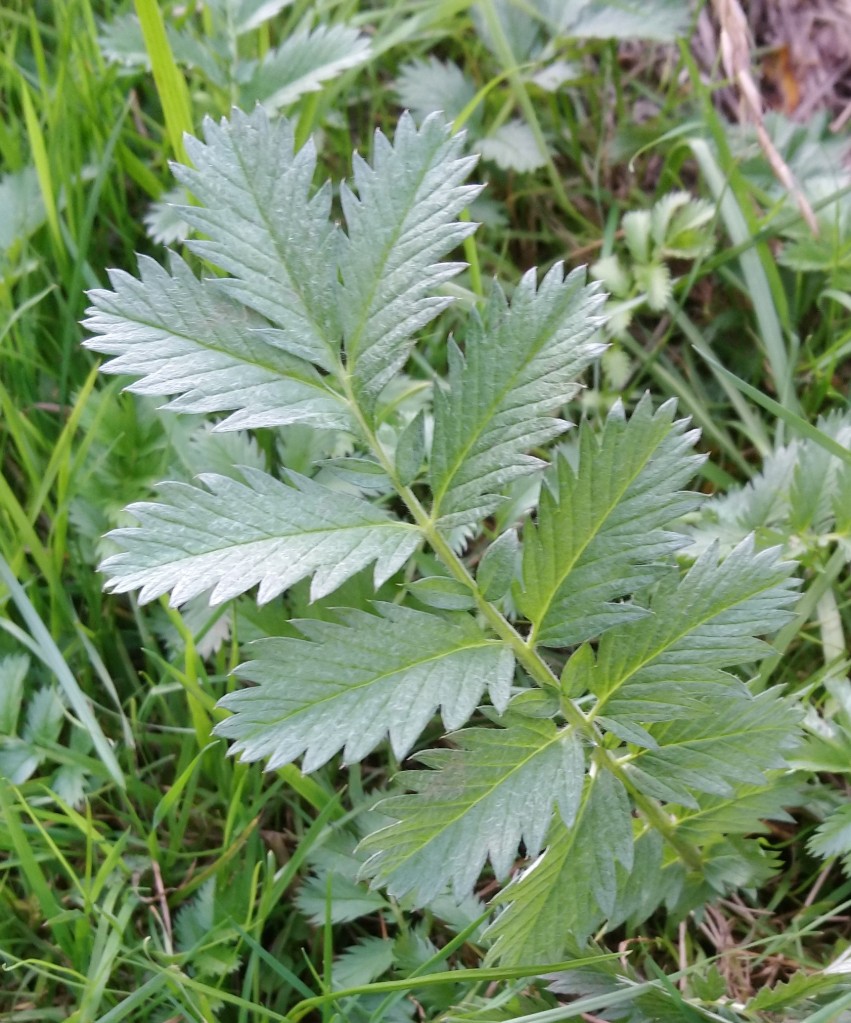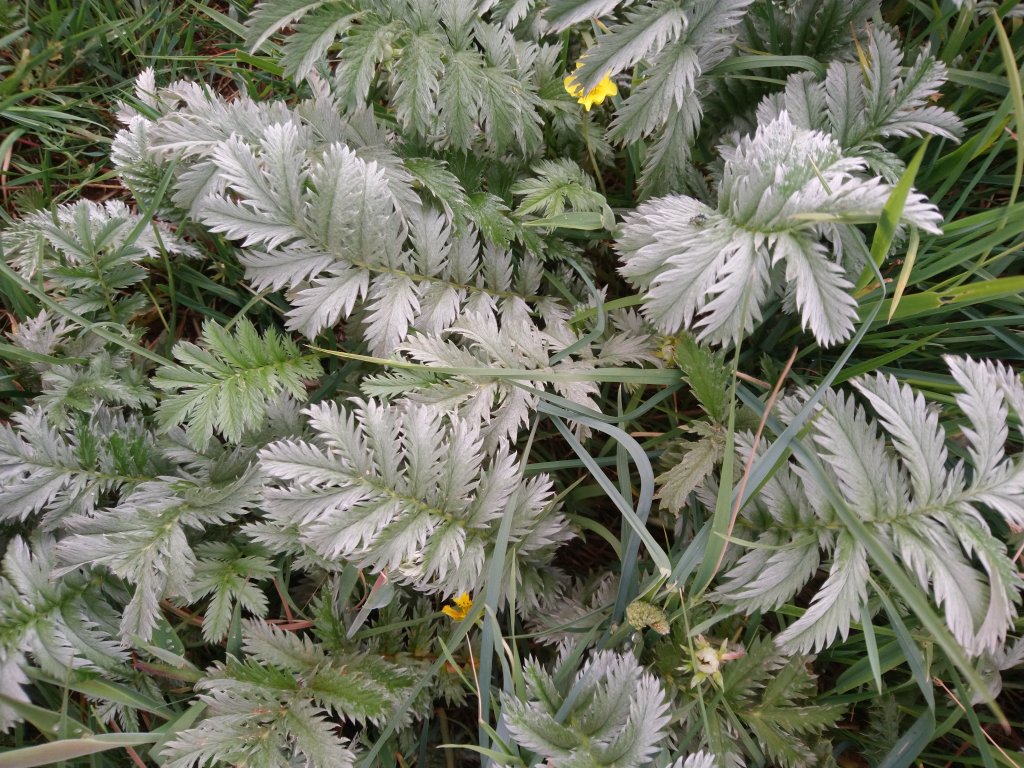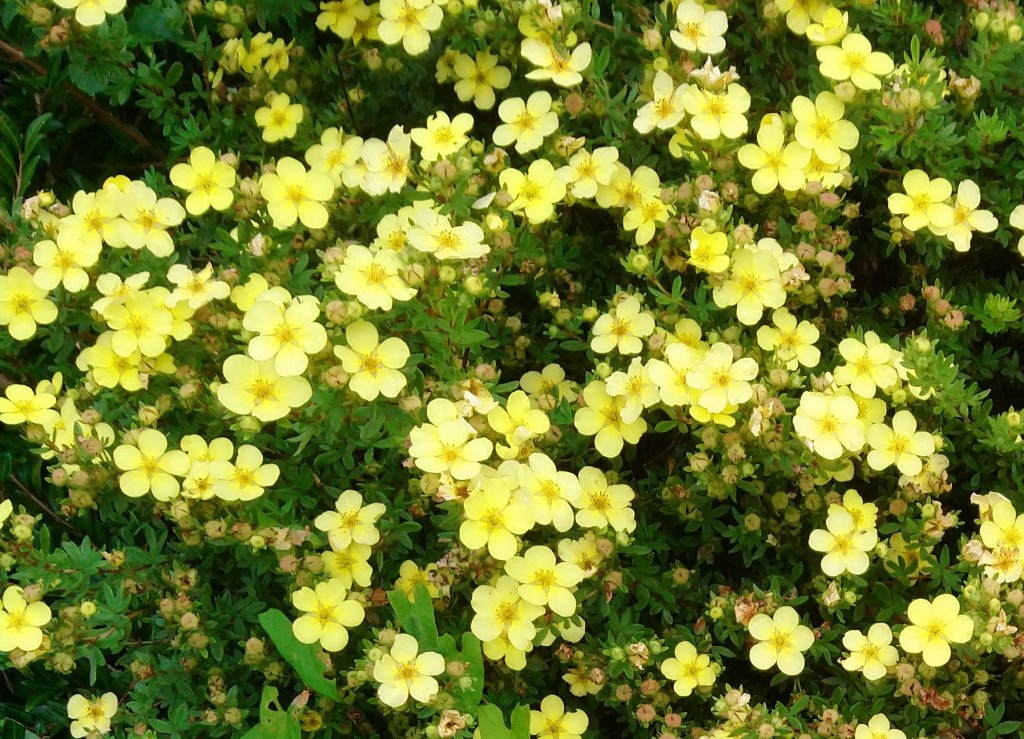
[114] Dasiphora fruticosa, Shrubby Cinquefoil
Introduction
Dasiphora fruticosa, Shrubby Cinquefoil, is a very common garden plant with yellow flowers, often planted as a hedge.
Its other names include Bush Cinquefoil, Shrubby Five-finger and Tundra Rose. As a cultivated garden plant, it is widely still known as Potentilla fruticosa.
Potentilla is a large genus with at least 300 members, almost all of which are called cinquefoils, as are many other plants including Dasiphora.
Taxonomy
Kingdom – Plants
Division – Vascular Plants
Class – Angiosperms (Flowering Plants)
Order – Rosales
Family – Rosaceae
Subfamily – Rosoideae
Tribe – Potentilleae
Subtribe – Potentillinae
Genus – Dasiphora
Scientific Name -Dasiphora fruticosa
There are several varieties and about a hundred cultivars, mostly with white or yellow flowers.
Name
The word cinquefoil applies to most species of Potentilla and other genera that used to be included within Potentilla. From French roots meaning five-leaf, it refers to the five petals of the flower. It is still used more generally to mean any flower with five petals.
The derivation of Potentilla is uncertain but it may come from a corruption of Tormentil (Potentilla erecta) meaning a little torment. The Latin epithet fruticosa means bushy or shrubby.
Description
The genus Potentilla is closely related to strawberries. Several of its hundreds of species have been moved out into other genera including Dasiphora. [037] Silverweed, Argentina anserina used to be Potentilla anserina. It is now also sometimes called Dasiphora argentina.
Dasiphora fruticosa is very suited to use as a hedge. It grows to a height of about a metre to a metre and a half and has a spreading, prostrate form. It is densely leafy with small pinnate leaves and the leaves and stems are covered with fine hairs.
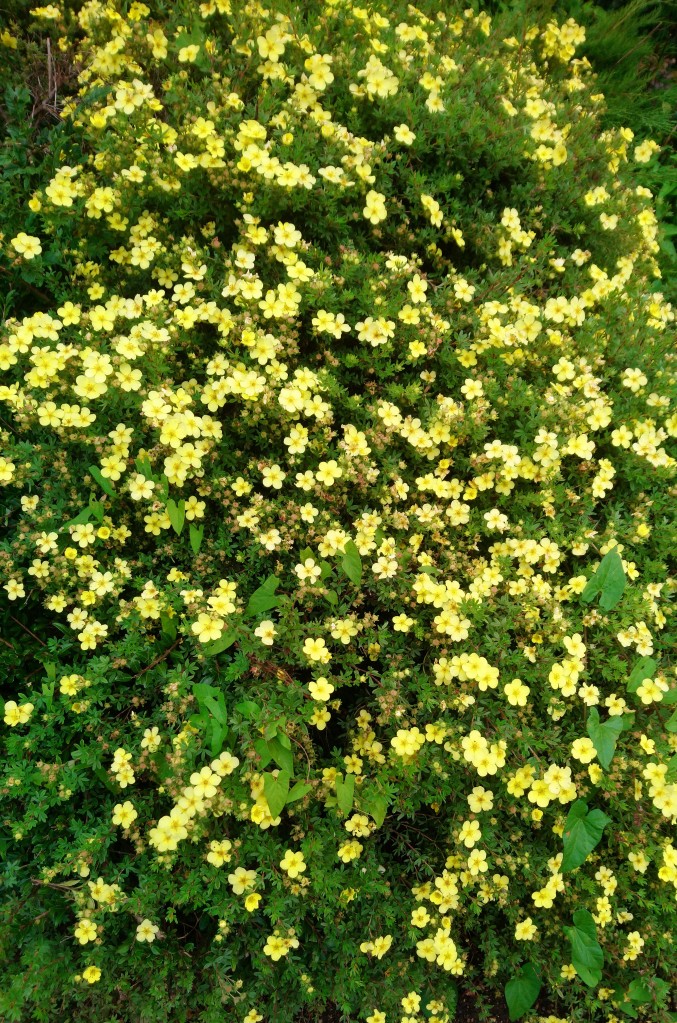

Most cinquefoils, still Potentilla species, are more sprawling plants like strawberries and Silverweed.
The flowers are bright yellow, similar to [295] Buttercups, and they appear in large numbers as shown above.


Habitat and use
The Shrubby Cinquefoil is widely cultivated in its many varieties, generally as a colourful hedge.
Other Notes
This is a very familiar shrub. I used to have one many years ago when it was a Potentilla. It is common locally, sometimes in a white flowered variety.

